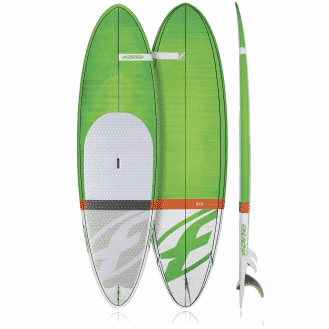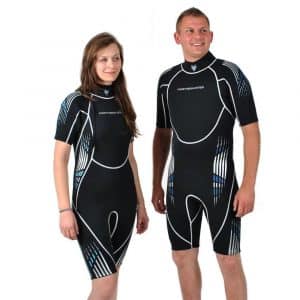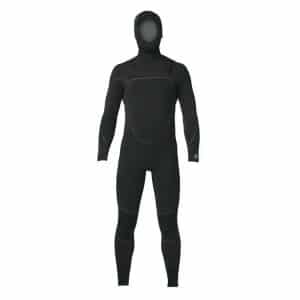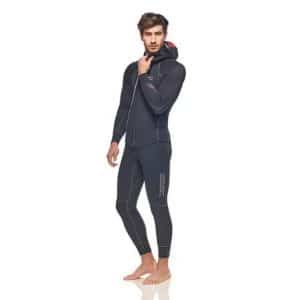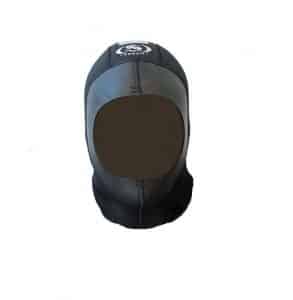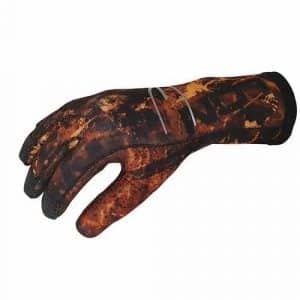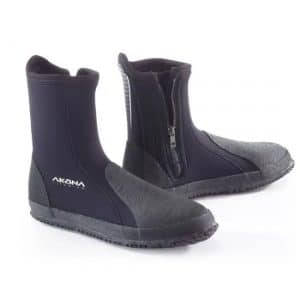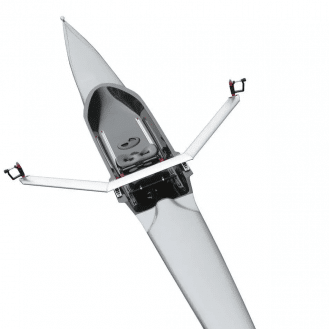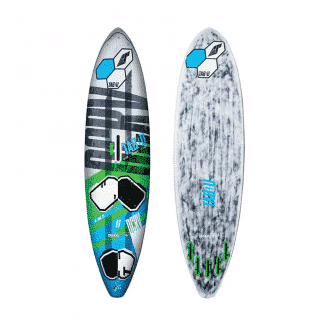There are three types of dive suits to choose from: wetsuits, semi-drysuits and drysuits (or waterproof suits).
A wetsuit allows water to penetrate inside the suit. This thin layer of water will heat up in contact with the user’s skin and form an isothermal barrier. However, the user’s movements will allow this “warmed up” water to escape from the suit and be replaced by cooler water. The thermal protection is therefore imperfect, which is why it is only used in the most temperate waters (above 20°C). Less technical and generally less expensive, this is the most popular type of dive suit.
A semi-drysuit is like a wetsuit but the openings (neck, wrists, ankles) are waterproof. Water can seep inside and act as an isothermal barrier, but less cold water re-enters compared to wetsuits. Usually, they also have a waterproof horizontal back zipper. All these features help retain heat inside the suit better, but they make semi-drysuits less easy to put on and take off. This type of dive suit is particularly suitable for temperate water (between 10 and 20°C).
A drysuit (or waterproof suit) does not allow water to penetrate inside. To ensure thermal protection, the user should put on another layer of clothing underneath. Its higher price and its technical nature make it suitable for experienced users who practice diving in difficult conditions: cold water (below 10°C), long and/or deep immersion.

Aqualung dive wetsuit

Beuchat dive semi-drysuit
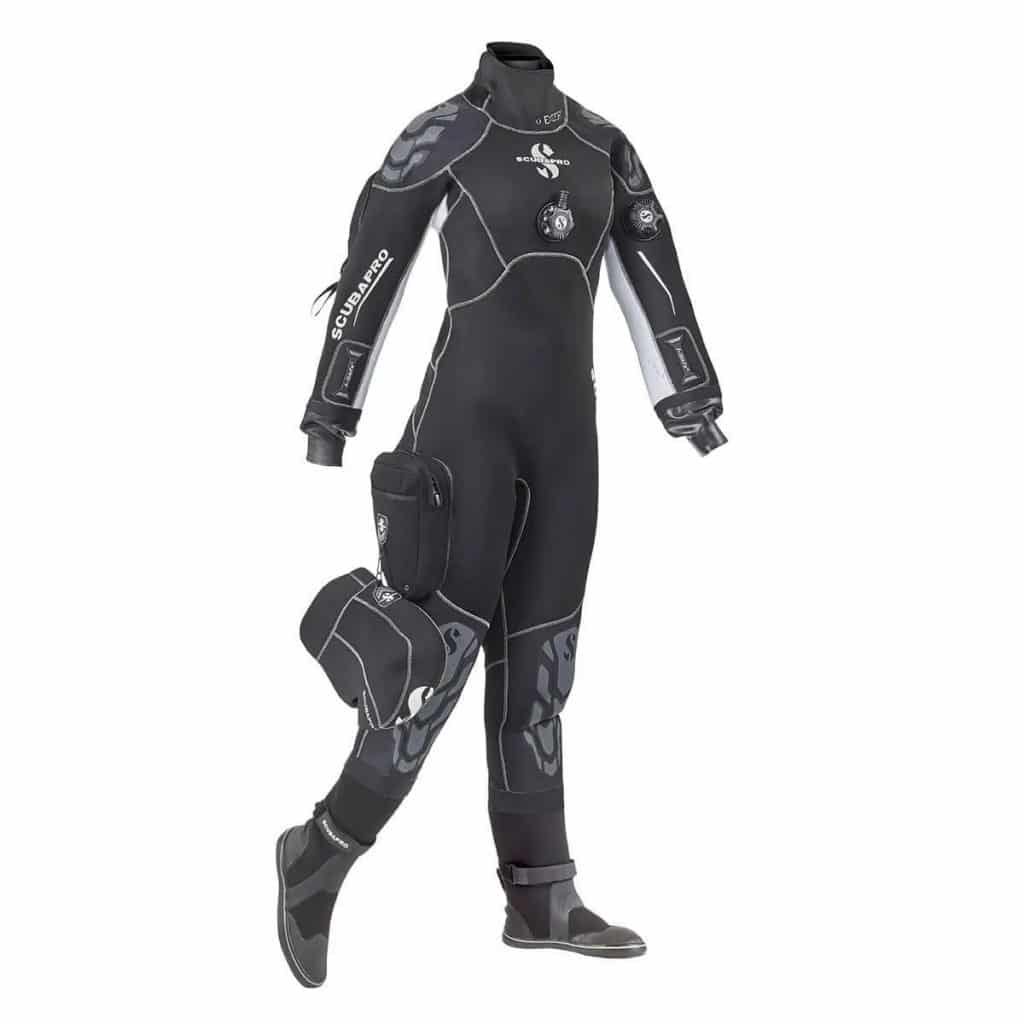
Scubapro dive drysuit
